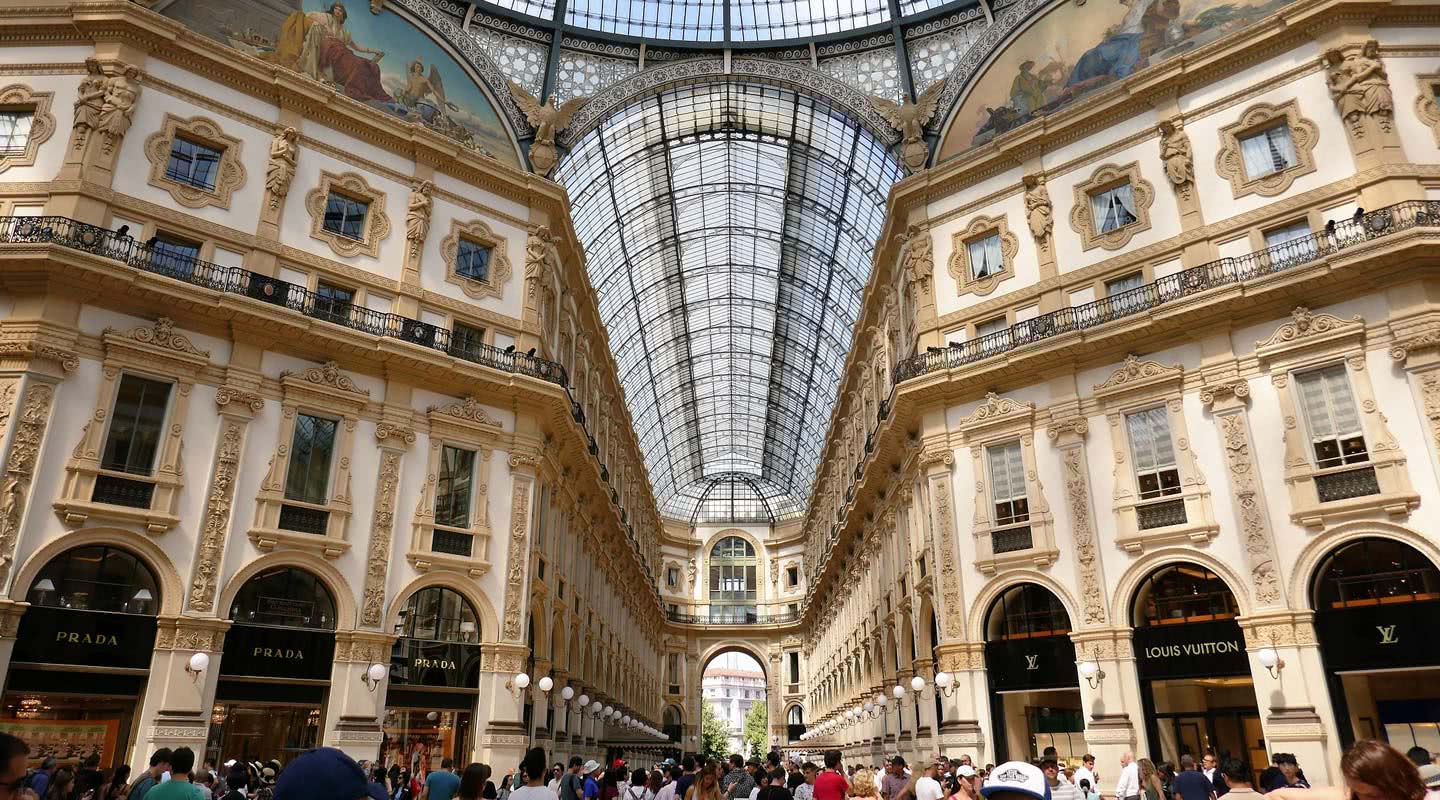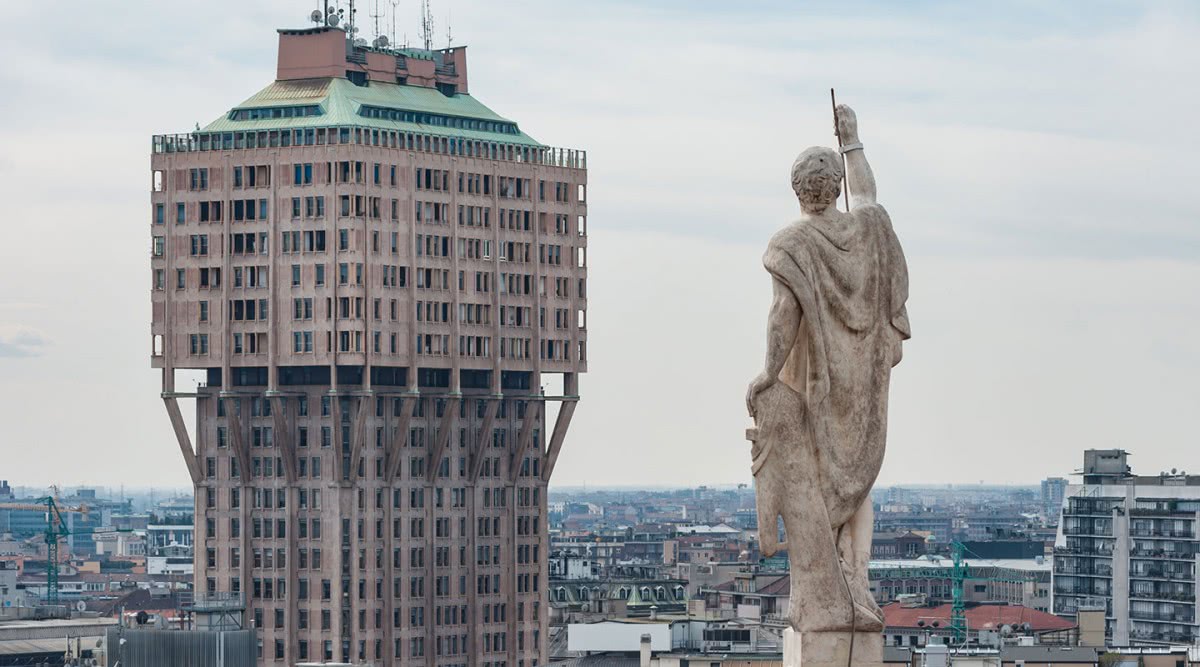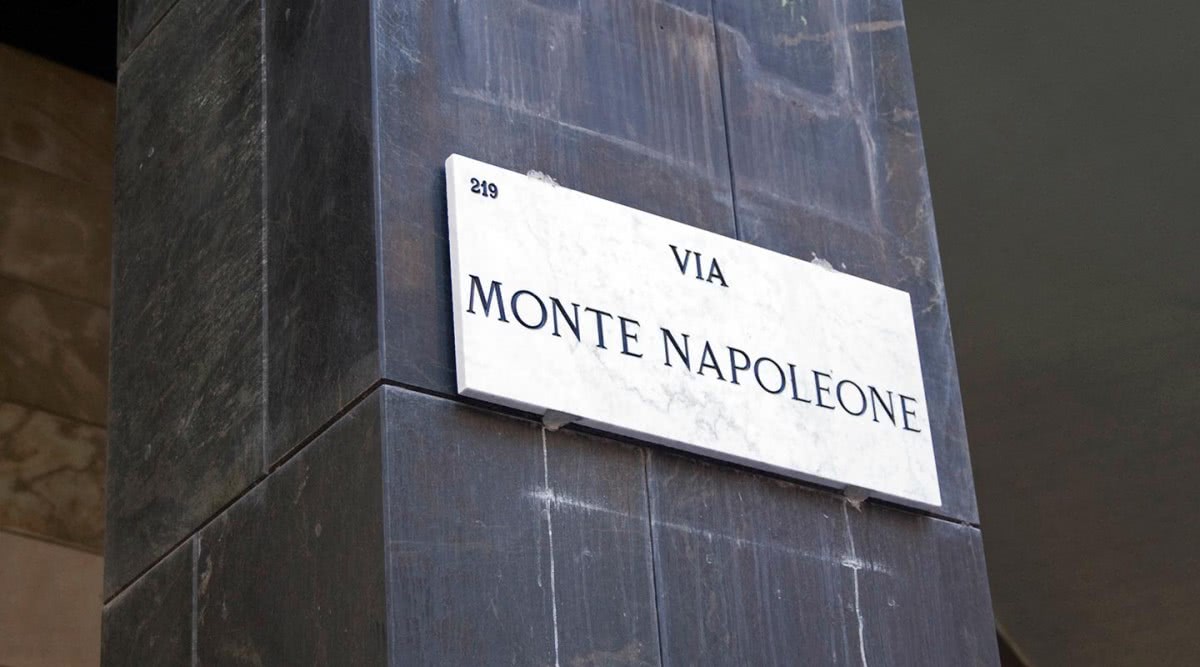Art & culture
Ideal periods for visiting Milan are the late spring, for its lush woods and early Autumn, for the tranquillity of its landscapes. We suggest you begin your visit of Milan from Piazza del Duomo (Cathedral Square), veritable heart of the city, the starting point of all its major streets and of course home to the magnificent Milan Cathedral, an outstanding masterpiece of Gothic architecture which combines Nordic and Lombard elements.
The famous Madonnina, a 4 metre golden statue, towers above its main spire.
Milan is rich in other monuments, including the Sforza Castle, one of Europe's largest. Originally commissioned by Galeazzo to protect the city centre, today it is home to a rich museum, enabling it embrace a more reassuring look, one befitting a cultural venue. Then there is the Royal Palace, the Civic Museum of Contemporary Art, Piazza S. Babila, the Scale Theatre and Galleria Vittorio Emanuele, the 'salon of Milan', built to connect Piazza Duomo and Piazza della Scala, the Brera Art Gallery, a museum dedicated to the training of students which distinguishes itself among other Italian museums in virtue of its origin: Napoleon strongly endorsed it to conserve works seized from churches and noblemen. Then we have the Church of S. Ambrogio, Milan's second church, considered to be the greatest example of Romanesque Lombardy architecture, along with its square, followed by the Pirelli Skyscraper and the Gallery of Modern Art.


Why not continue your visit of Milan by heading towards Ca' Granda, on Via Festa del Perdono. One of the largest historic buildings in Milan, for many centuries it was home to Milan's Ospedale Maggiore Hospital. In 1958 it became part of the university of Milan. Francesco Sforza strongly endorsed its construction in 1456 to provide shelter and assistance for the city's poor and sick.
The Monumental Cemetery was designed and built in a peripheral area, beyond the bastions. Originally conceived as a final resting place for the emerging bourgeoisie, non-Catholics were also allowed to be buried here. The central part of the cemetery is called the Famedio and contains the remains of illustrious individuals who shaped Milan's history, including Alessandro Manzoni.
Milan's Stazione Centrale was completed during the height of the Fascist Period. It presents an array of fascinating locations, equally rich in history. Mussolini and Hitler both walked on its parquet, which still presents swastika-shaped inlays.
More modern yet fascinating attractions include Fiera di Milano (the city's trade fair) and the Giuseppe Meazza stadium, where both of the city's most important teams play: Milan and Inter.
Piazza Velasca is home to the Torre (tower) which presents itself to tourists as a strange skyscraper which widens from the 18th storey up, somewhat reminiscent of an ancient temple tower.


It was erected between 1956 and 1960 and is considered one of the most important works of the post war period. It is named after the Square opened by the Spanish governor Juan de Velasco, in 1651.
Piazza delle Meraviglie d'Oro is home to Porta Romana, the official gateway to the city.
Milan is a city rich in streets and neighbourhoods just waiting to be visited, including: Via Ripamonti, Via Monte Napoleone, Corso Vittorio Emanuele II, Viale Monza, Corso Buenos Aires as well as the Milano 2 neighbourhood, with its famous Palazzo dei Cigni.
Milan's Navigli neighbourhood is a truly captivating destination, home to the Darsena, once a shopping centre and now a place of leisure and entertainment for youths and families
Why not take a stroll in the city's most beautiful green area: Parco Nord, located in the northern part of Milan's outskirts, approximately 600 hectares in size, originally conceived in the 60s and completed in 1975. The perfect chance to take a stroll and admire lindens, horse chestnuts, hawthorn and hazelnut trees, immersed in a natural landscape which has developed and created veritable woods, mostly containing poplars and maples. The city is home to two other wonderful parks: the Sempione Park and, of particular interest to younger visitors, the Fun & Fun playground.




















